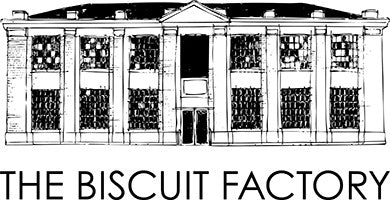What inspires you?
More than 99% of my paintings are landscape paintings, so that is obvious. I am particularly interested in the colors, rhythms, patterns and textures in the landscape. When making my paintings I use all these elements to create a composition; it is a landscape painting, but it is not one specific place.
I live in the city, with not much countryside around me and after doing this for so many years I felt that I needed to see the countryside more often. Not for painting these places, but for the visual information and experiencing the sense of space and light. These ever-changing impressions evoked by of the time of day and the changing seasons never stop to thrill me.
For two years now I have had a countryside studio, a mobile home in De Achterhoek - a beautiful rural part of the Netherlands. Whenever I can I go there, to be in the fields and to paint in my studio. I can see the influences in my paintings, it has been very inspiring.
Another inspiring theme is the element of space in the landscape. There are so many ways to deal with this. I am not so much into linear perspective. There are many great paintings made this way, but it is just not my way. First of all, I don’t paint existing places; I make a composition with landscape elements. But on a more theoretical level I much agree with David Hockney. When your eyes, your head, and your body are moving, your point of view is too. Regarding perspective, I also feel a lot of kinship with naive painters as well.
In my artist statement I have described this as follows: “It is evident that I do not use a linear perspective in my paintings as standard. Sometimes I do, but often I use a bird's eye view or a flat representation of the space. But these ways of looking are usually combined to create my paintings. This alters the sense of details; in this respect, I feel a lot of kinship with naive painters. I have to say that I am completely opportunistic in this, ultimately the character and composition of the painting is what matters.”

